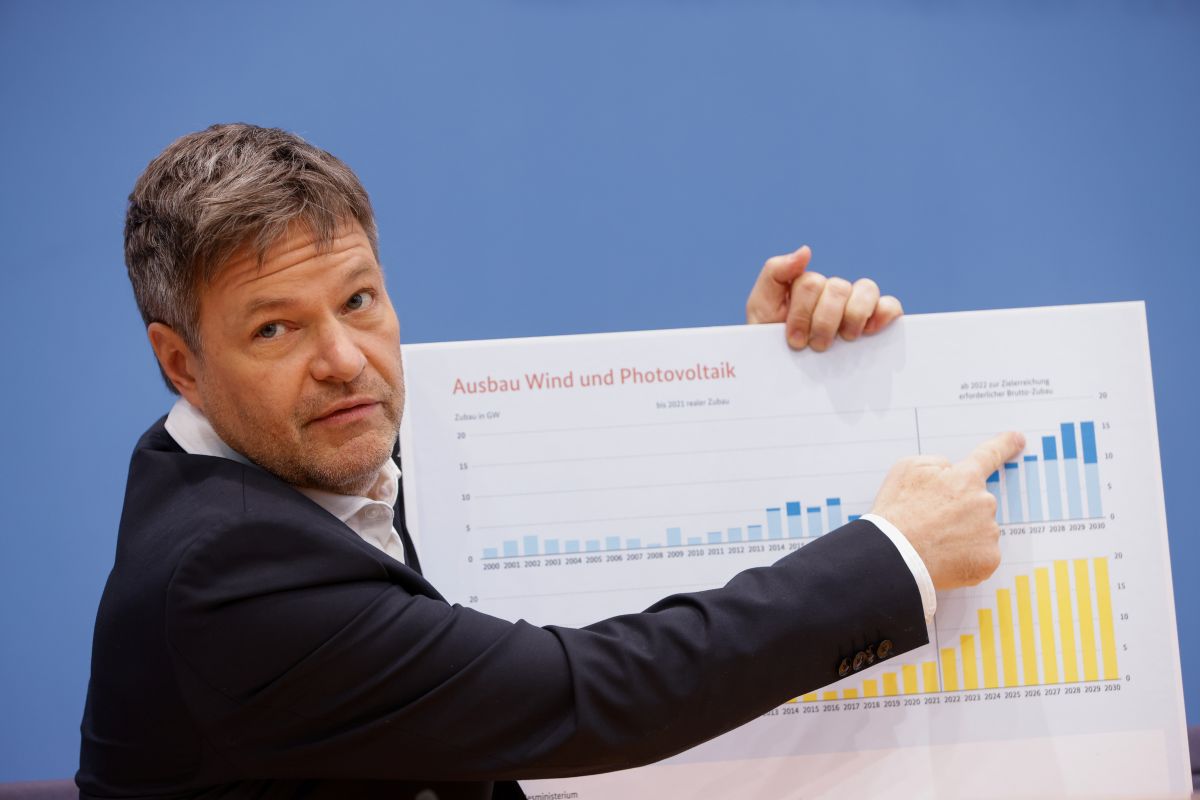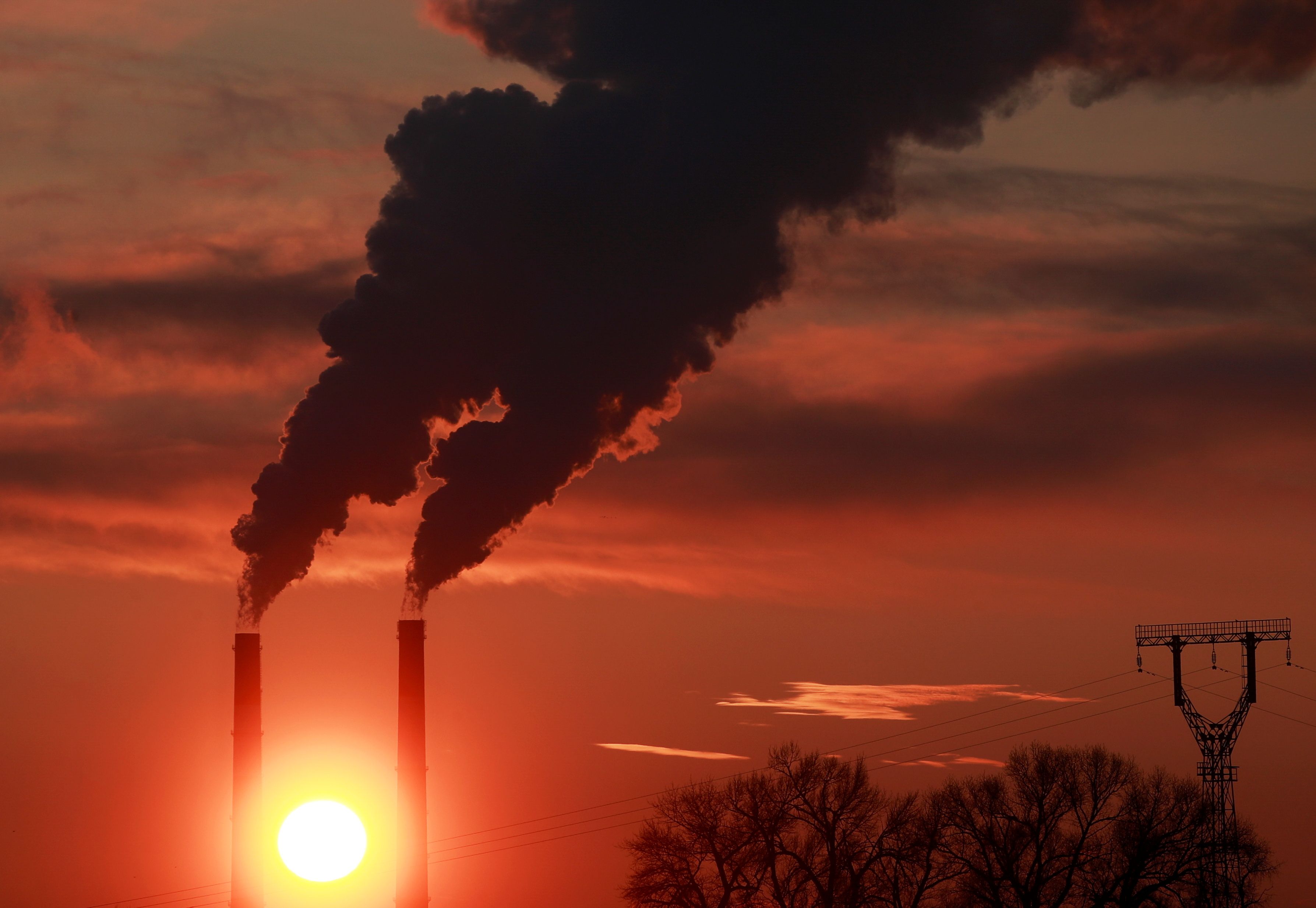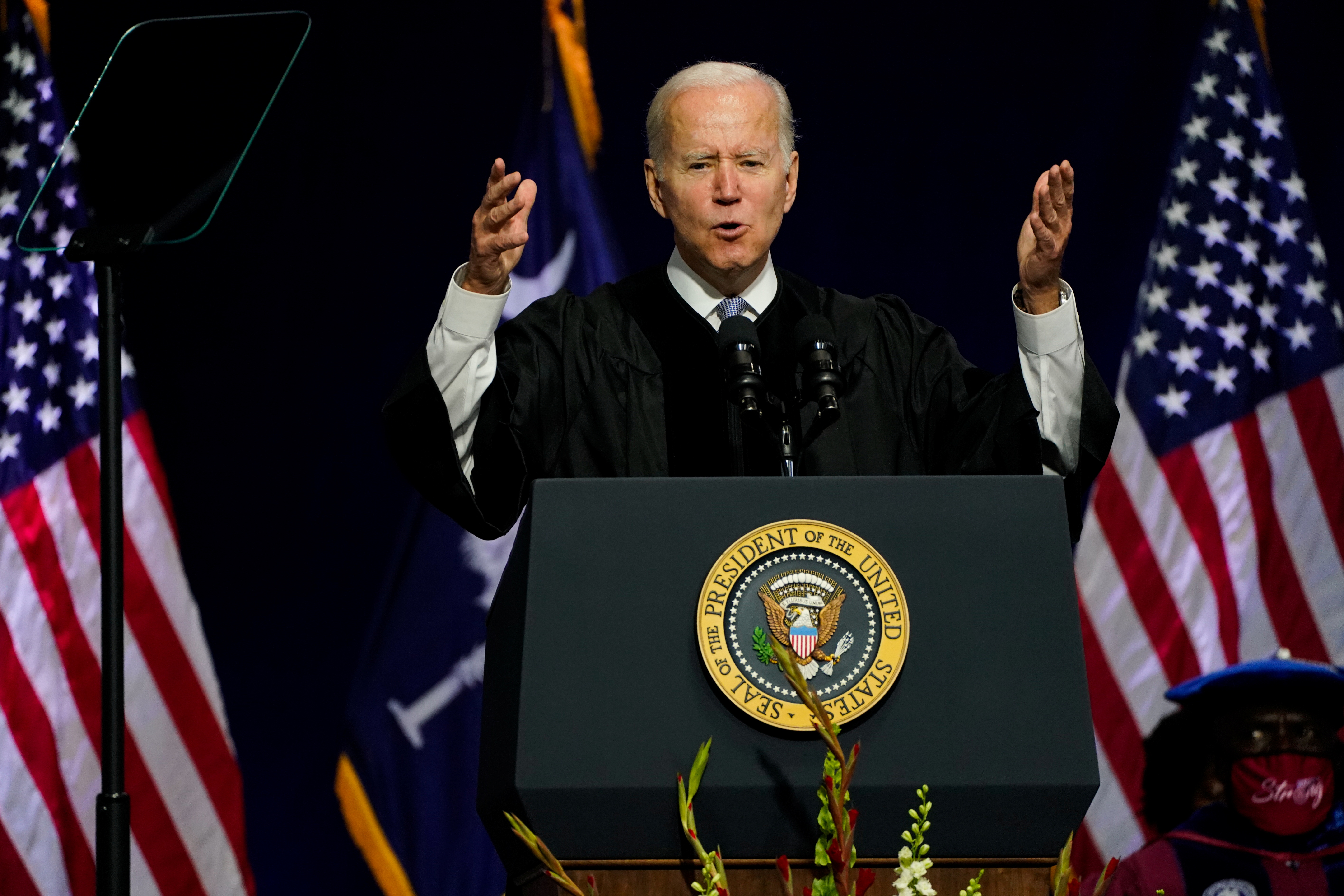A Green Wave: The Energy and Climate Policy of the New German Government
The German government intends to accelerate the country’s energy transformation by intensifying the development of renewable energy sources (RES) and moving away from coal and nuclear power. At the same time, the government wants to make the fight against climate change one of its foreign policy priorities, including within the EU and the G7. Germany opposes the construction of nuclear power plants in neighbouring countries, which could become a source of tension in Polish-German relations. Potential fields for cooperation will be hydrogen projects and offshore wind energy.
 Fot. Reuters/ MICHELE TANTUSSI/ FORUM
Fot. Reuters/ MICHELE TANTUSSI/ FORUM
Assessment of the Energy Transformation
The main assumption of the energy transformation model (Energiewende) implemented by Germany since 2010 is to reduce greenhouse gas emissions (GHGs) by 80-95% by 2050 compared to 1990. This is to be achieved through the state-supported development of renewable energy (wind and solar power) at the expense of nuclear and coal plants, which are being decommissioned. Natural gas is to be the fuel that stabilises the system and ensures electricity in case of unfavourable weather conditions.
The greatest success of Energiewende is that it has led to a significant increase in the share of RES in the national energy mix from 17% in 2010 to 42% in 2021. This has happened mainly at the expense of nuclear power (down from 22% to 12%) and hard coal-based power generation (from 19% to 9%). Relatively little change occurred in the use of the most emitting fuel, lignite. Its share in the mix remained stable at around 24% and only began to decline in 2019 to 18.5% in 2021. The use of natural gas has fluctuated over the past decade but has remained at around 15% since 2010.
Energiewende has not brought the expected decrease in GHGs, however. The 2020 target of a 40% reduction was achieved, but this was mainly due to the economic slowdown brought about by the COVID-19 pandemic. A year later, Germany was unable to maintain this result and the drop in emissions was 38% compared to 1990. The reason was the economic recovery and unfavourable weather, less wind reduced the efficiency of wind farms. The increased demand for electricity could not be met by nuclear power plants as they are being phased out since 2011. As a result, in 2021 the shortage of electricity from RES was covered by increased burning of lignite and hard coal.
Main Directions of Energy and Climate Policy
In the new government of Olaf Scholz, which was sworn in on 8 December 2021, the key ministries responsible for conducting energy and climate policy (protection and climate; environment, nature protection and reactor safety) were taken over by Green politicians. They oppose nuclear and coal power and support increasing the use of RES.
This is reflected in the coalition agreement signed on 7 December last year. It assumes that climate neutrality will be achieved by 2045 by accelerating the construction of wind and solar power plants. Already by 2030, 80% of generated electricity is to come from renewable sources. Most of these will be onshore wind farms, which are to cover approximately 2% of Germany’s land area, but this is likely to meet with growing opposition from local communities.
Furthermore, the coalition agreed to accelerate the phasing out of coal use in the energy sector from year 2038 to 2030. Its role as a source stabilising the system (increasing production in case of a drop in energy output from RES due to bad weather) is to be taken over by gas-fired power plants and combined heat and power plants. The technology at these plants is to enable combustion of so-called “green hydrogen”, which is produced in an emissions-free process with the use of RES.
Foreign Energy and Climate Policy
The new coalition government has announced that the fight against climate change will become much more important in German foreign policy. Efforts to achieve climate neutrality will be a priority of the German presidency of the G7 in 2022. Scholz is likely to lobby more strongly for the project to establish an international climate club, which he presented during his time in Angela Merkel’s government. Its goal is to accelerate the implementation of the Paris Agreement on reducing GHGs. This could be done through investments made by developed countries in developing ones that will become involved in the club’s work.
Germany will seek to strengthen the EU’s CO2 Emissions Trading System (ETS) by setting the minimum price for one tonne of CO2 at €60 (last year it ranged between €30 and €90). The German government will also work towards the introduction of an EU ETS-2 system covering sectors not yet included in the ETS—transport and heating. Ultimately, the systems would be merged in 2030.
Two areas of cooperation with foreign partners will be given priority in the transformation of the domestic energy sector. The first one is offshore wind energy, where the installed capacity is expected to increase from 7.8 GW in 2021 to 30 GW in 2030. To this end, the government intends to intensify cross-border cooperation in the North and Baltic seas where Poland could be Germany’s partner. The second area is the construction of a hydrogen economy. Given the need to import some of this fuel, Germany supports the EU project for uniform certification of emissions from hydrogen production. At the same time, it advocates giving priority to the import of “|green hydrogen” via existing gas pipelines. To this end, Germany envisions increasing funding for the H2Global programme, which supports foreign investment in electrolysers that produce green hydrogen.
The coalition agreement stipulates that Germany will oppose financial support instruments for nuclear power at the international and EU levels. At the same time, it assumes objections to “dangerous reactors” near German borders. The planned Polish nuclear power plants may be arbitrarily included in this category. This is indicated by a report published by the Greens in January 2021 in which a potential Polish nuclear power plant is viewed as a threat to Germany’s security.
Conclusions and Recommendations
The Scholz government will seek to accelerate Energiewende while maintaining its current course. The 2030 targets set by the new coalition are very ambitious and unlikely to be achieved, especially as regards the phasing out of coal use in the power sector by 2030 and the high share of RES. Most likely, nuclear units will be shut down on time and replaced with gas units. As a result, it will also be more difficult to meet the targets to reduce GHGs.
The acceleration of Energiewende will pose a challenge for the Polish economy. Poland’s attractiveness to potential foreign investors will decline due to the high cost of carbon-intensive electricity and the industry’s growing concern for the low-carbon footprint of its products and services. Plans to import hydrogen to Germany via existing pipelines are also a challenge as they would be mainly from Russia and Ukraine where Germany plans to invest in this type of production. Poland may in future use the Yamal pipeline to export hydrogen to Germany.
Germany will oppose the construction of nuclear power plants in neighbouring countries, including Poland. To this end, the Germans will try to influence foreign public opinion and support non-governmental organisations opposing nuclear energy. They will also use consultations under the Convention on Environmental Impact Assessment in a Transboundary Context (Espoo Convention), which is binding, among others on EU states, to delay implementation of nuclear projects. Poland’s response may be an information campaign aimed at the public in Poland and Germany about the safety of the technology to be used, the lack of risk indicated in the Greens report, and the positive impact on lowering CO2 emissions. This campaign could be conducted in cooperation with a potential investor involved in the construction of a Polish power plant and Germany’s pro-nuclear neighbours France and Czechia.
The discussion on the ETS system reform will also be a contentious area with Germany. Poland may work with the EU’s eastern European states to introduce the most favourable system of compensation for less-developed countries under ETS-2. At the same time, it may link its support for ETS-2 to an agreement to limit the influence of financial institutions on ETS emission allowance trading. Poland may also condition its consent to the introduction of minimum prices per tonne of CO2 within the ETS on the simultaneous establishment of maximum prices.




